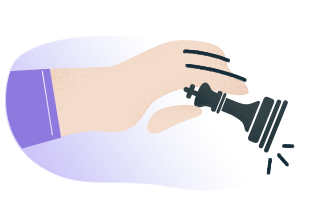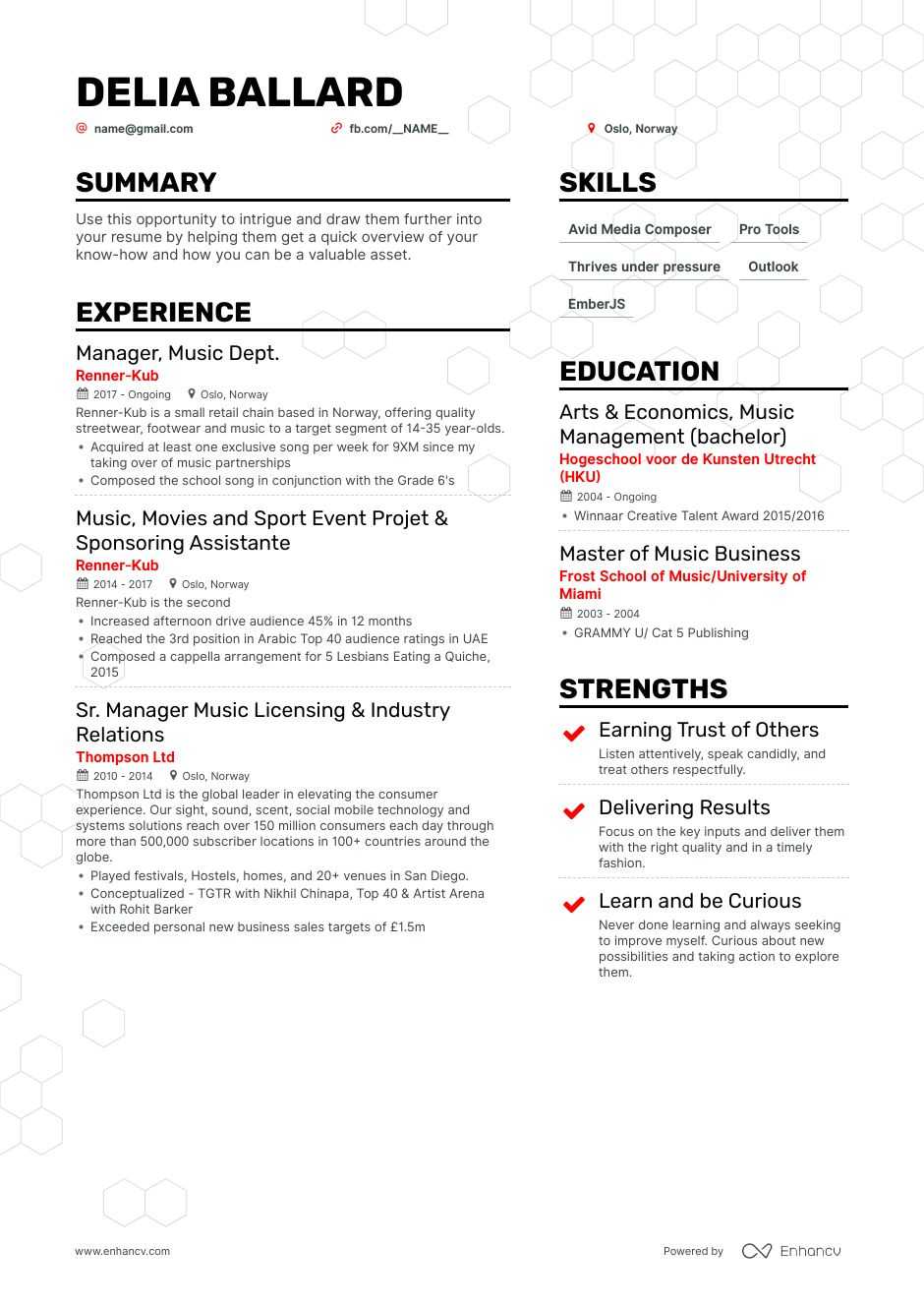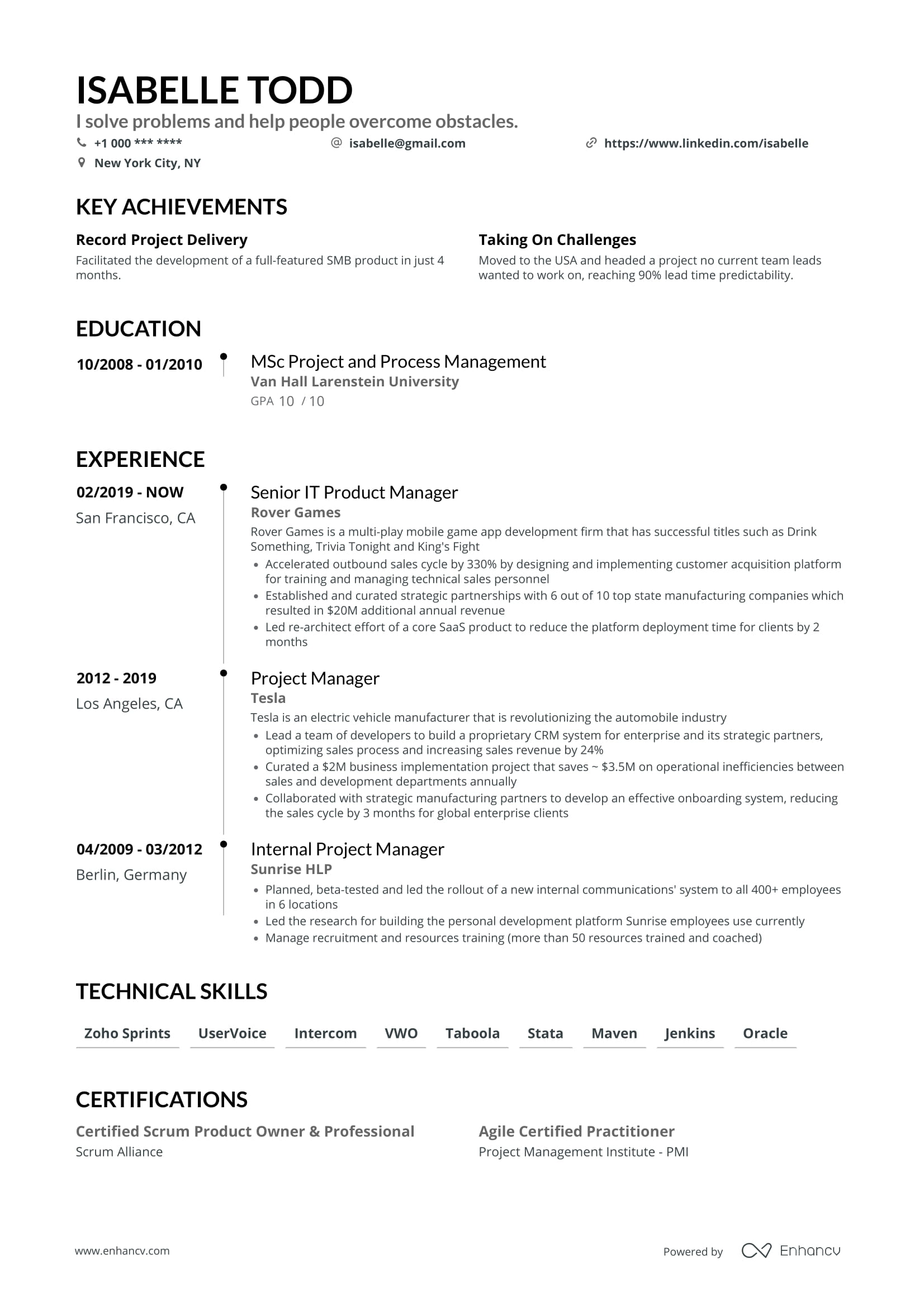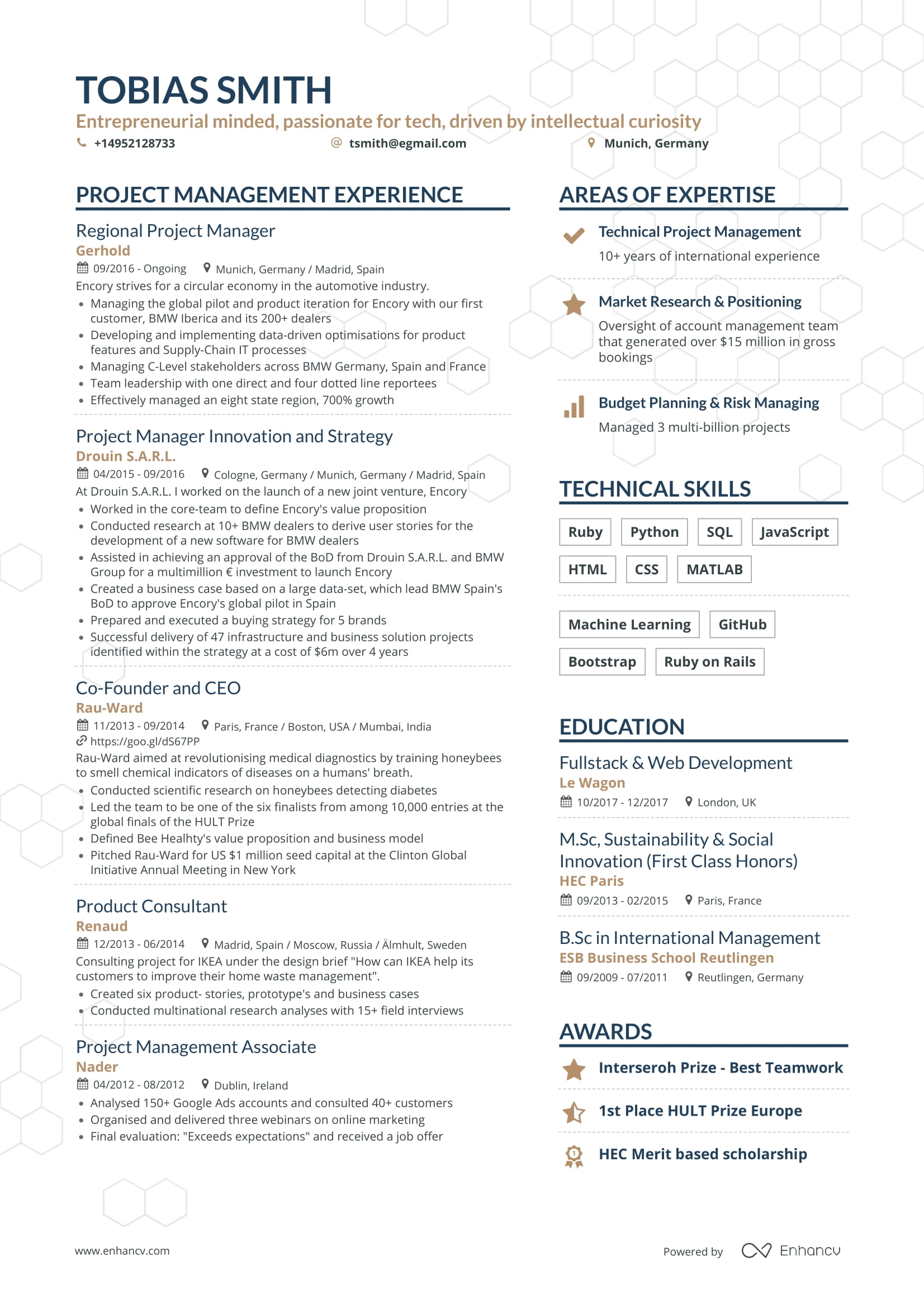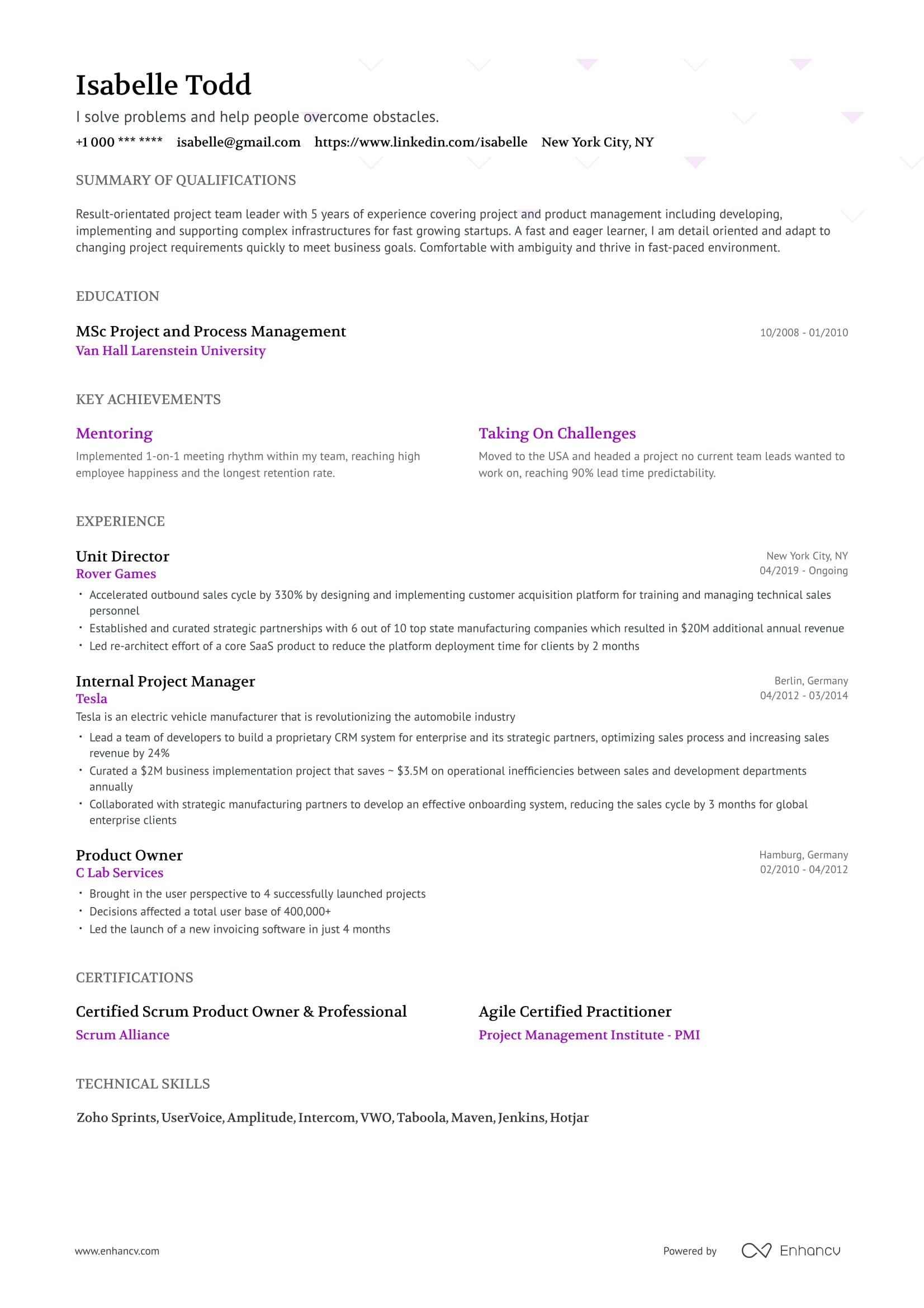Example Music Resume - Browse more resume templates and build a stand-out resume
Music Resume Examples & Guide for 2022
Customize this resume with ease using our seamless online resume builder.
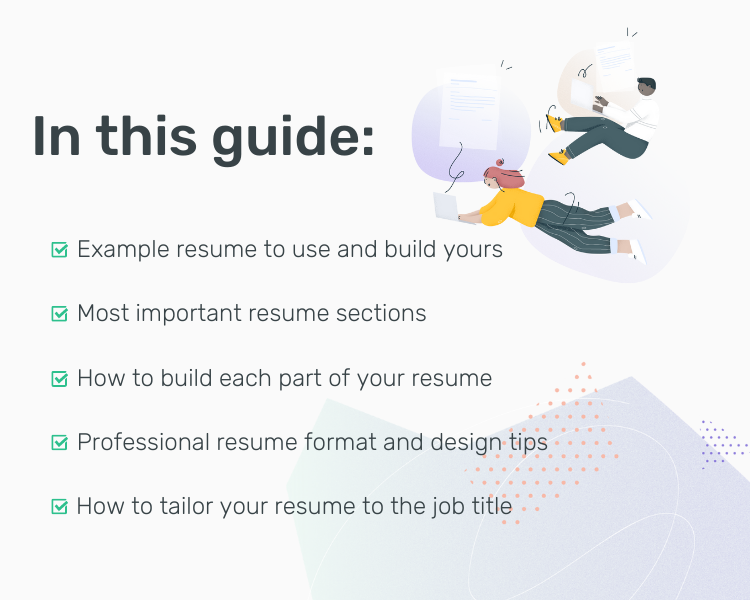
Here’s what you’ll learn in this short Music resume guide
- What are the most important resume sections recruiters look for when reviewing your application;
- What content to add in each section of your resume;
- Music resume example from a job-seeker who got hired, which you can use as a base to build your own resume;
- Additional tips and tricks on resume layout, formatting, and design;
- Little known resume red-flags, you have to pay extra attention to.
How to write a Music resume
Top Music resume sections that make the best layout
- Header
- Professional summary
- Experience (with numbers and results)
- Relevant skills
- Education
- Certifications
There are three basic resume formats you can choose from:
The most optimal format for your particular case will depend on your years of experience, as well as whether you’re switching industries or not.
- Reverse chronological resumes are best suited for experienced individuals who are sticking to their industry. The experience section takes a central place, and its bullets contain your responsibilities and achievements, coupled with numbers and results.
- Functional resumes are used by less experienced jobseekers or career changers. Note that it’s not a format that recruiters prefer, as most are used to the classic chronological alignment. Instead of a list of job titles, functional resumes focus on your skills, and through what experiences you gained them.
- Hybrid resumes are great for both experienced and entry-level candidates, as well as career changers. They combine the best of both worlds - most often in a double column format, where one side of the content is focused on your experience, whereas the other - on your skills, strengths, and proudest moments.
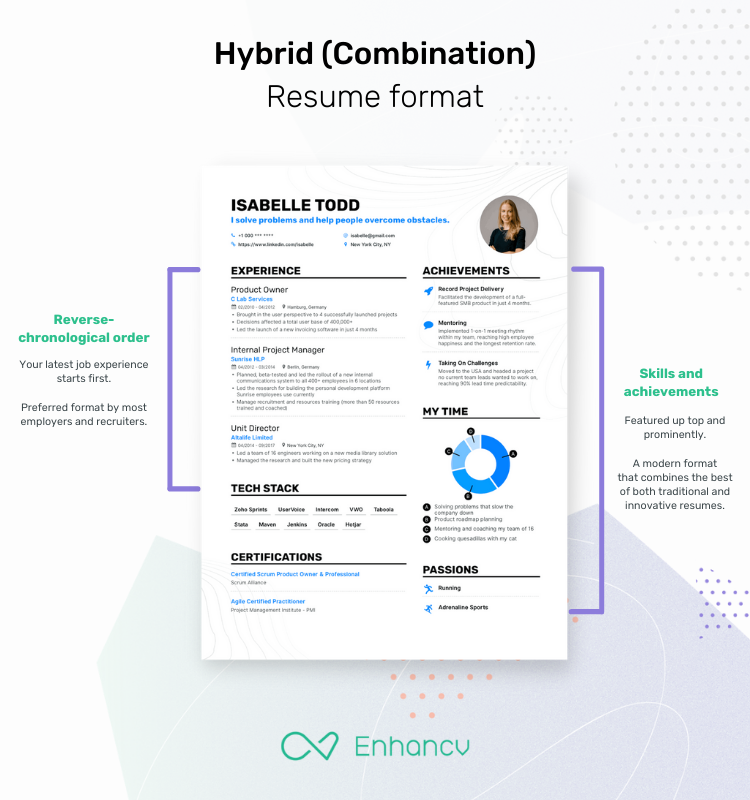
Here are more resume tips regarding your layout and style:
- Clear and legible 12p resume font size;
- Use 10’’ resume margins - that’s default for a great resume design;
- Use a one-page template resume length if you’ve got less than 10 years of experience; otherwise, opt for a two-page resume;
- Save your resume as PDF before sending it to the recruiter.
To take it a step further, check out how your resume can stand out without leaning too much on the creative side.
Recommended reads:
- Parts of a Job-Winning Resume: How to Choose Resume Elements
- Resume Sections: Everything You Need to Know
- Targeted Resume: 3-Step Process to Win Any Recruiter Over
- Resume Headings To Stand Out With
Music Resume Header: Tips, Red Flags, and Best Practices
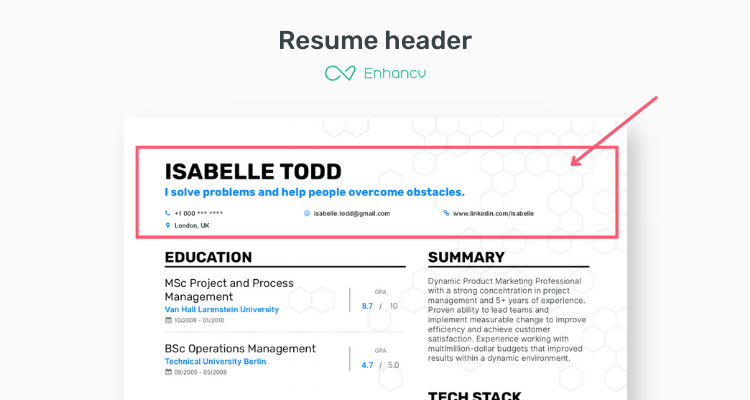
Here’s what to include in your Music resume header:
- Your name and surname in a legible and larger resume font
- The job title you’re applying for or your current job title as a subheading to your name
- Link to your portfolio or online profile, such as LinkedIn
- Address (City and State for the US; just your city for rest of the world)
- Email address
- Headshot (required or welcomed in the EU; not required and sometimes frowned upon in the US)
Stick to popular email providers such as Gmail or Outlook. And use these professional formats to create your username:
- first.last@gmail.com
- last.first@gmail.com
- firstlast@gmail.com
- f.last@gmail.com
- first.l@gmail.com
Recommended reads:
- Perfecting Your Resume Header so You Get Noticed
- Are Photos On Your Resume Unprofessional? [Expert Advice]
- How to Put LinkedIn On Your Resume
- How to Write A Resume Headline
- Contact Information on Resume
- Should You Include An Address on Your Resume?
Music Resume Summary best practices
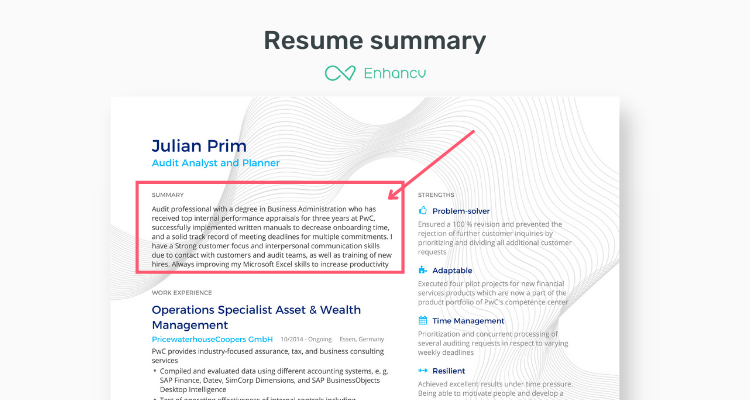
Checklist: what to include in your Music resume summary:
- Years of experience;
- Highlight top 3 skills and proficiencies;
- One big professional accomplishment you’re most proud of, that you can tie with the aforementioned skills;
- Use short, direct sentences - but no more than three - to keep the HRs interested.
Recommended reads:
- 83 Resume Summary Examples & How-To Guide
- 10+ Resume Objective Examples & How To Guide
- How To Write A Resume Personal Statement (With Examples)
- How To Write An Effective Resume Profile (With Examples)
Best Practices for Music Resume Experience Section
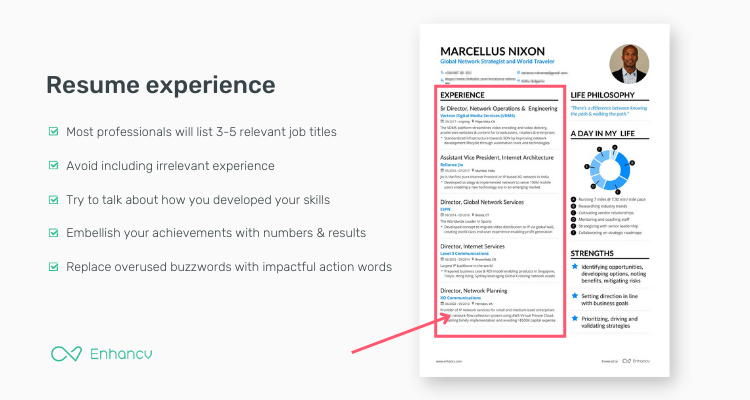
Job experience checklist - what to add to your Music resume:
- Use 4-6 bullet points per job title;
- Don’t go further than a decade behind when describing your job history, unless you’re applying for an executive position;
- Combine job responsibilities as well as achievements with numbers in results when you describe your past work;
- Start each sentence with a power verb and avoid overused buzzwords;
- Use either C-A-R or S-T-A-R methodology, when describing your experience.
Recommended reads:
- How to Describe Your Resume Work Experience
- Resume Job Description: Samples & Tips To Help You Enhance Your Application
- Resume Without Work Experience: 6+ Sections to Demonstrate Impact
- Can I Leave a Job I Was Fired From Off My Resume?
- Lying On A Resume: Here's What It Can Cost You
Music Resume Skills’ Tips & Tricks to Impress Recruiters
Top skills to add to your Music resume
- Avid Media Composer
- Pro Tools
- Thrives under pressure
- Outlook
- EmberJS
Resume Skills Section Checklist:
- Ensure your hard skills section (including technologies) are exactly matching the job description.
- Don’t simply list your soft skills. Apply the “show, don’t tell” principle - let your job achievements speak for themselves.
- Find a way to showcase your skills beyond the skills section.
- Your resume’s skill section is important to ATS systems - so don’t skip it.
Recommended reads:
Listing Your Education, Certifications and Courses
Checklist for your resume education
- Include your highest education degree;
- List the duration you spent there, as well as the institution;
- If you’re applying for an entry-level position, include additional details like relevant courses and projects;
- Feature your certifications if they are necessary for the position - either as a separate section, or, in your resume headline.
- Add the year your certificate was issued or renewed, if it’s in a subject area that requires regular updates.
Recommended reads:
- Perfecting the Education Section on Your Resume
- How To List Certifications On A Resume (Examples Included)
- When You Should (And Not) Add Dean's List On Your Resume
- How To Include Your Relevant Coursework On A Resume
- How to List a Major & Minor on Your Resume (with Examples)
- How to Put an MBA On Your Resume (With Examples)
- Should I Put In An Incomplete Degree On A Resume?
- Can You Put GPA On A Resume? And What's Wrong With GPA Anyway?
- When Should You Include Your High School on Your Resume?
Music Cover Letter Tips
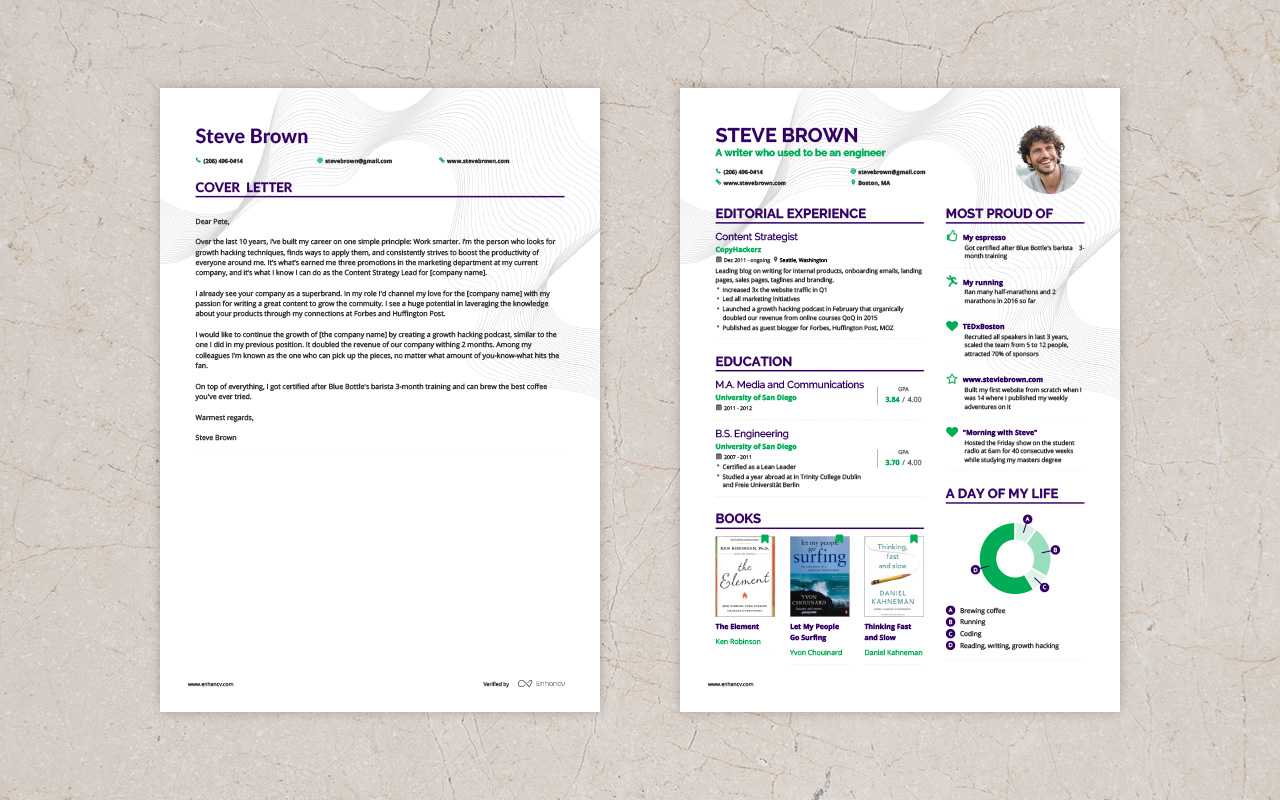
Nowadays, job application forms include questions like “why do you want to work here”, or “explain why you’re the best fit for us”, which makes you wonder: are cover letters really necessary?
In case the job description says you need to provide a cover letter, do include yours. Otherwise, you can always leave it out.
Still, they help you tell your story in a way that, if written right, it’s captivating and engaging.
In any case, you should pay close attention to the following tips when a cover letter is a must:
- Make sure you go over a cover letter checklist, so you don’t forget what your cover letter should say;
- Match the cover letter design with your resume’s;
- Address your cover letter properly;
- Keep an eye on your cover letter length;
- Use an appropriate cover letter ending.
If you need more inspiration, check out our cover letter examples for different jobs.
Other sections to include in your resume
Depending on the type of company (corporation or start-up; innovative or traditional), job seniority level and your location, you may want to include more sections to your Music resume:
- Language skills
- Hobbies and interests
- Projects
- Volunteer work
- Highlights
- References
- Resume Awards
- Publications
Music Resume: How to Make Yours More Creative & Stand Out
When you send your resume to a potential employer, chances are it's the fiftieth one they've seen that day. That's why you need to make your Music resume stand out for the right reasons. That means showing your personality, not just your professional experience. Employers are far more likely to remember a candidate who seems like a genuine person and not a robot. Do this by including your passions (which is also a great place to demonstrate skills on a resume), share your favorite books, or even what your usual day looks like.
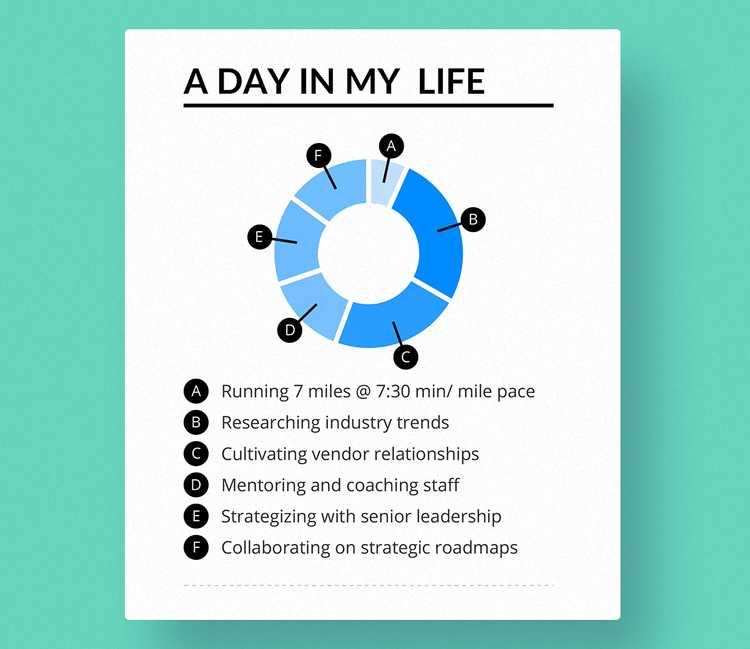
What Makes a Great Music Resume: Key Takeaways
- Choose a resume layout that sends the right message across and fits your current career situation;
- Create a resume header that shows your desired job title, and easy to find contact numbers;
- Be specific about your experience, accomplishments and future goals in your summary;
- Feature detailed metrics and specific examples that show the impact you made in your previous roles when describing your experience;
- List soft skills backed by examples;
- Add all of your technical skills and certifications that you have and match the job description;
- Show off a dash of personality in your resume that will demonstrate your culture fit and the right mix of hard and soft skills.
Looking to build your own Music resume?
See more creative resume guides
Learn from people’s resumes similar to your industry.
Check out more winning resume examples for inspirationg
Browse resumes from people who’ve succeeded in their job hunt.
How to build your resume
Recommended reads from our blog on how to make a great resume.
Get Inspired with Our Resume Templates
Get more inspiration
No spam, just information that will help you build a resume that makes you feel relevant and well represented.
